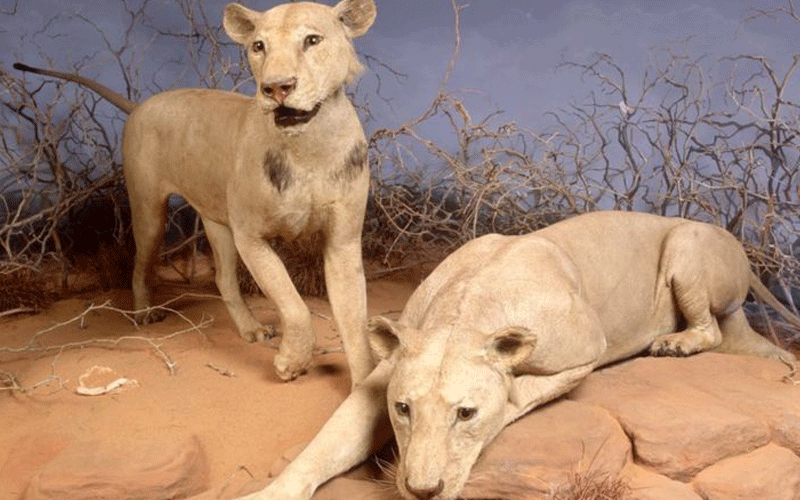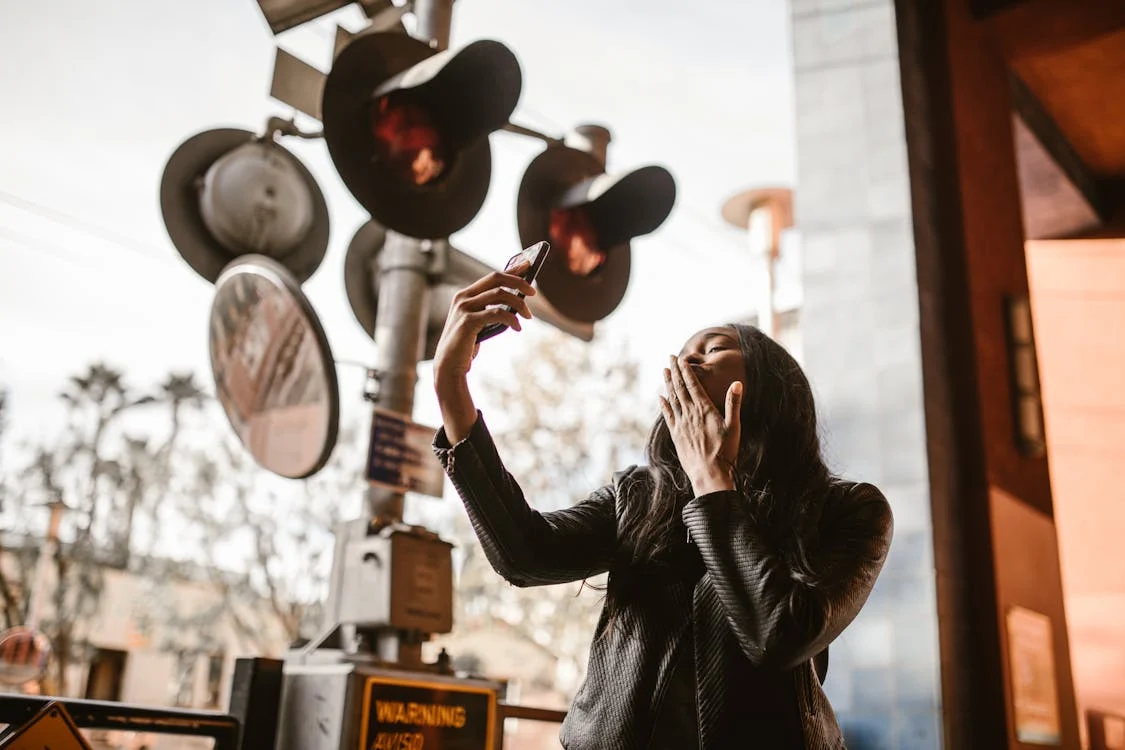Ten stolen treasures still on museum displays abroad

Throughout history, colonisers plundered and stole treasures such as artefacts from colonised countries and went to hide it back in their homelands. Though acquired through questionable methods, these cultural treasures remain on display in foreign lands years after their theft. Nailantei Norari lists a few of them on display at museums worldwide.
MAN EATERS OF TSAVO
They were two infamous lions from Kenya’s Tsavo area that killed and ate railway workers at the end of the 19th Century.
The labourers were building the railway line between Mombasa and Lake Victoria over nine months in 1898.
The two killer beasts were eventually shot dead by British engineer Lieutenant Colonel John Patterson, at the helm of the railway project.
The stuffed lions were purchased from Patterson by the Field Museum of Natural History in the US city of Chicago in 1925 and catalogued into the museum’s permanent collections.
The Kenya National Museum wants the lions returned.
KUMLUCA TREASURE
This collection of over 50 pieces consists mostly of silver religious artefacts such as crosses, candlesticks and dishes.
The collection was excavated in Turkey in the 1960s and smuggled out into the United States.
The collection has been split apart and is now displayed in several different museums, which include the Getty Museum (Los Angeles), Cleveland Museum of Art (Ohio), Metropolitan Museum of Art (New York City) and Dumbarton Oaks Research Library and Collection in Washington DC, where the treasures remain to date.
PRIAM’S TREASURE
Heinrich Schliemann, a famous archeologist found the ancient city of Troy and a forgotten treasure trove that included precious jewellery, gold headdresses, masks, and other artefacts.
Instead of sharing his discovery with the Ottoman Empire, he smuggled them from their land.
The treasure was on display in London, then Berlin from whence it disappeared at the end of World War II.
Eventually, in 1993, it was revealed that the collection was in the hands of the Soviet Union’s Red Army.
Today, the majority of Priam’s Treasure is on exhibit at the Pushkin Museum in Moscow, Russia.
ISHTAR GATE
The Ishtar Gate is an imposing structure that was once one of the many entrances to the inner city of Babylon in what is present-day Iraq.
Constructed by King Nebuchadnezzar II, the gate was dedicated to Ishtar—the Mesopotamian goddess of love and war.
Between 1899 and 1917, the structure was excavated and moved to Germany.
Eventually, part of the gate was reconstructed and displayed in the Pergamon Museum in Berlin. The gate remains in Berlin.
OLD FISHERMAN
The Old Fisherman is a statue created around 200 BC. The gaunt muscles and tired eyes of the Old Fisherman capture the story of his ancient life in stone.
In 1904, only the fisherman’s torso was discovered in present day Turkey and then city of Aphrodisias by French engineer and amateur archaeologist Paul Gaudin.
Gaudin’s heirs sold the torso to the Pergamon Museum in Berlin. The head of the statue was discovered in a subsequent dig in 1989.
However, it remains in Turkey. So, a plaster cast of the head was added to the marble torso in the Berlin Museum.
Though repeated calls have been made for its repatriation, the Old Fisherman still remains in Berlin.
KOH-I-NOOR
Until diamonds were discovered in Brazil in 1725, India was the only real source of the gem in the world.
It was around this time that the Koh-i-Noor, a magnificent 793 carats diamond was discovered in India.
It would change hands through bloody wars, being trimmed and polished in turns, until it got into the hands of the British after they signed a treaty with a 10-year-old king.
It would be included in the Crown Jewels of England, where it remains to date.
ROSETTA STONE
The Rosetta Stone is a slab of granitic rock that has the same message written on it in three languages: Egyptian hieroglyphics (mainly used by priests), Egyptian demotic (used for everyday purposes) and ancient Greek.
It was discovered in 1799 during Napoleon Bonaparte’s Egyptian campaign near the town of Rashid (Rosetta), and came into the possession of the British when they defeated Napoleon in Egypt two years later.
They took the stone to England where it is still displayed at the British Museum in London.
ELGIN MARBLES
The Elgin Marbles are a collection of Greek sculptures and architectural details that were originally part of the Parthenon in Athens, Greece.
During the rule of the Ottoman Empire, the ambassador to the empire Thomas Bruce, 7th Earl of Elgin, arranged to have the marbles removed and taken back to England to safeguard them from Ottoman.
In England, they were bought and put on display in the British Museum. Despite Greece’s independence in 1832, England has refused to return the marbles that are still on display at the museum in London.
HOA HAKANANAIA
Rapa Nui, also known as Easter Island, is famous for its giant carved figures called moai that were made from 1100 to 1600 AD.
The moai are approximately 900 in total and are believed to carry the spirits of the people of Rapa Nui.
Hoa Hakananaia, a masterpiece moai, was carried to a different island in 1869 and presented to Queen Victoria.
From there, it was given to the British Museum in London where it remains to this day.
GWEAGAL SHIELD
About 250 years ago, British explorer James Cook arrived in what later became known as Botany Bay in Australia.
He was met by two local men carrying shields and spears. A fight ensued with Cook’s crew discharging firearms that forced the Gweagal Australian clan to flee and leave behind the Gweagal shield.
The shield found its way into the British Museum in London where it remains despite pleas from the clan to return the shield to its homeland.












